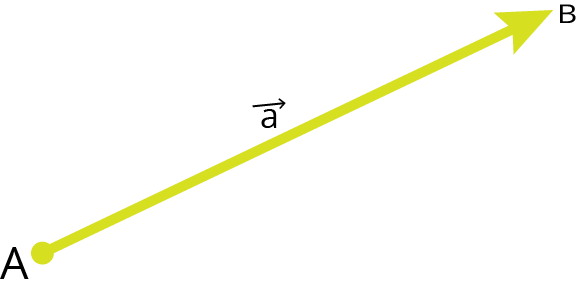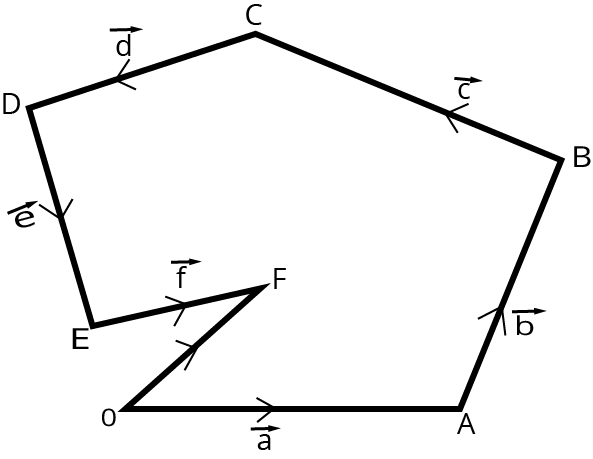JEE Advanced 2025 Revision Notes for Vectors - Free PDF Download






FAQs on JEE Advanced 2025 Revision Notes for Vectors
1. What is a vector quantity?
A physical quantity that has both magnitude and direction is called a vector quantity.
2. What is a scalar quantity?
A scalar quantity is a physical quantity that has magnitude but no direction.
3. How is adding two vector quantities different from two scalar quantities?
Adding two similar scalar quantities is easier as there is the involvement of direction. In vector quantities, the presence of direction produces components. These components need to be added following a particular set of axes. In 2D space or coordinate geometry, two components are drawn whereas, in 3D space, three axes are considered.
4. What happens when a vector quantity is multiplied by a scalar quantity?
When a vector quantity is multiplied by a scalar quantity, the product is another vector quantity with a magnitude and direction.










































